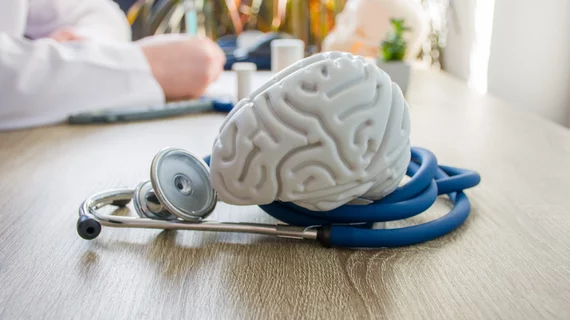Radiation delivered via low-dose CT may improve quality of life for patients with severe Alzheimer’s
Delivering radiation via low-dose CT may improve quality of life for patients with severe Alzheimer’s, according to a small pilot study out of Canada.
Baycrest Center for Geriatric Care experts tested this treatment on four individuals with the brain disease, administering three LDCT treatments each two weeks apart. They discovered “remarkable” improvements in both behavior and cognition just days after administering radiation, investigators reported in the Journal of Alzheimer's Disease.
“The primary goal of a therapy for Alzheimer's disease should be to improve the patient's quality of life,” Morris Freedman, MD, head of neurology at Baycrest and senior author of the study, said May 3. “Although the study was a small pilot and should be interpreted with caution, our results suggest that low-dose radiation therapy may successfully achieve this,” he added later.
Researchers conducted their study at the Sunnybrook Health Sciences Center in Toronto, with supervision from Sean Symons, MD, MBA, the hospital’s radiologist-in-chief. Those involved used observation and standardized tests to track changes in patient communication and behavior after radiation. They additionally gathered info from family members to further measure impact.
Three of the four subjects showed improvement within one day of treatment. Relatives reported increased alertness and responsiveness, along with better recognition of loved ones, mobility, social engagement and mood. Future research with a larger sample size and quantitative measures of patient improvement are needed to validate this intervention, the authors warned.
“This pilot study indicates that [low-dose ionizing radiation] may be a promising therapy for AD,” they concluded. “Moreover, the rationale for this therapy—stimulation of innate adaptive protection systems against oxidative distress—suggests it might be effective in treating other neurodegenerative diseases.”
Read more about their findings in the Journal of Alzheimer’s Disease here.

